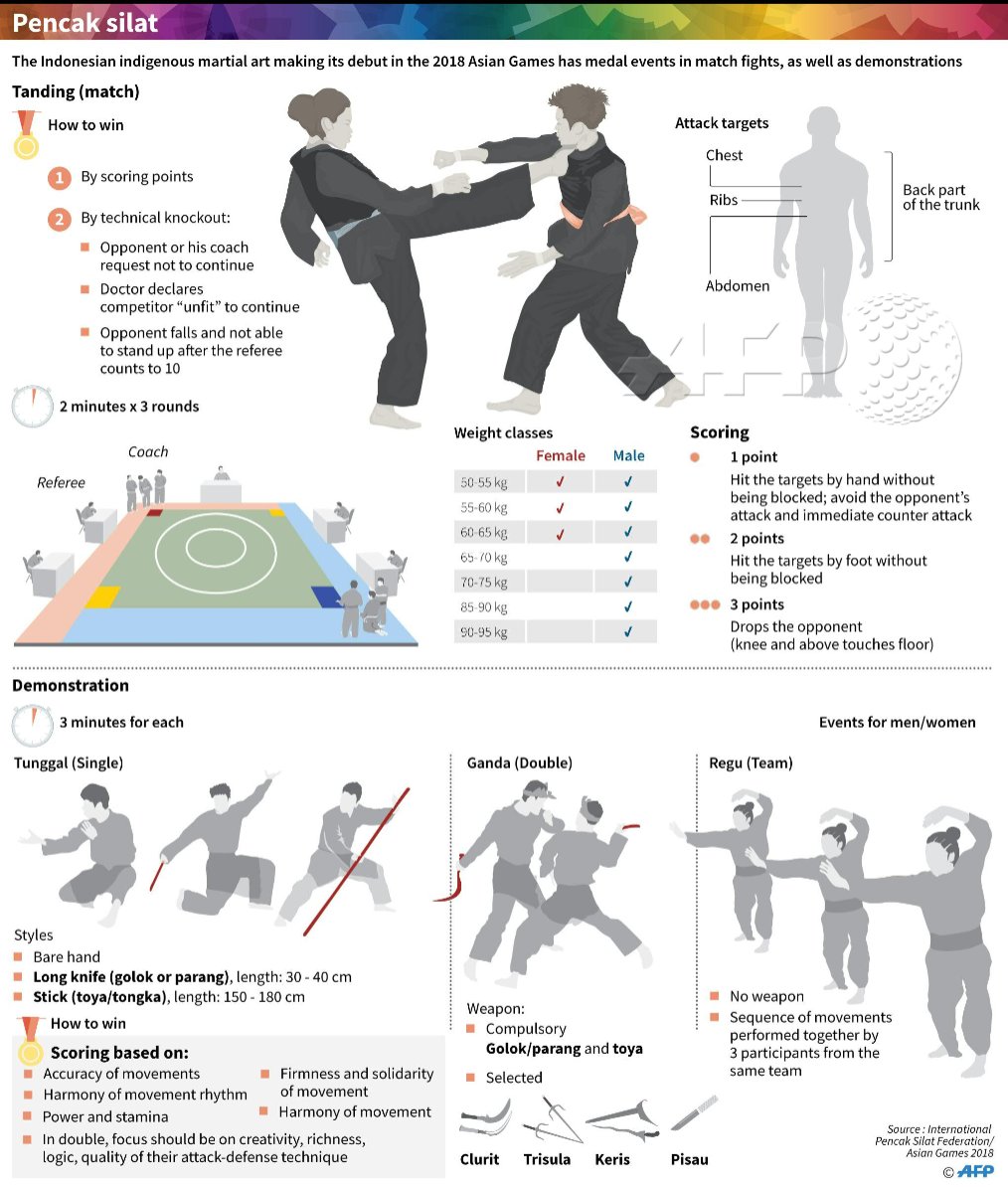Untangling The Enigma Of Several Martial Arts Self-Controls: A Guide To Karate, Taekwondo, And Much More
Untangling The Enigma Of Several Martial Arts Self-Controls: A Guide To Karate, Taekwondo, And Much More
Blog Article
https://differentmartialartsforki98753.loginblogin.com/41194733/the-advantages-of-martial-arts-training-for-kid Develop By-Childers Bondesen
Are you tired of sensation bewildered by the huge world of martial arts? With a lot of styles to choose from, it can be very easy to obtain lost in a sea of strikes, kicks, and mystical names. Yet fear not!
This conversation will demystify the various fighting styles designs, taking you on a journey from the powerful strikes of Martial arts to the vibrant kicks of Taekwondo. Get ready to uncover the beginnings, techniques, and philosophies behind these ancient art types.
So, tighten your belt and prepare to embark on an enlightening expedition into the captivating globe of martial arts.
Origins of Martial Arts Styles
The beginnings of fighting styles styles can be mapped back to old civilizations and their demand for protection and combat strategies. Throughout background, various societies created their own unique methods of battling, each with its own set of methods and philosophies.
In China, for instance, fighting styles designs such as Kung Fu and Tai Chi were established as a means of self-defense and boosting physical and mental well-being.
In Japan, the samurai warriors produced designs like Martial arts and Judo, concentrating on discipline, precision, and proficiency of the body.
Likewise, in Korea, Taekwondo became a martial art emphasizing high kicks, fast motions, and psychological perseverance.
These early human beings laid the foundation for the varied range of fighting styles designs that exist today, each with its very own rich history and social significance.
Strategies and Training Approaches
To understand fighting styles designs, practitioners have to find out different strategies and training methods.
Methods are the details activities and actions used in combat, such as strikes, kicks, tosses, and blocks. visit my webpage fighting styles styles have their own distinct collection of techniques that specialists must grasp through strenuous training.
Educating methods vary depending on the style, but they usually entail a mix of physical conditioning, drills, competing, and kinds.
Physical fitness is vital to develop toughness, versatility, and endurance. Drills assist professionals fine-tune their strategies and improve their speed and accuracy.
Competing permits see post to practice their strategies in a managed, realistic environment. Types, also known as kata, are cut-and-dried sequences of movements that aid professionals develop muscle memory and emphasis.
Philosophies and Principles
Checking out the viewpoints and principles of fighting styles designs can supply you with a deeper understanding of your selected discipline. Each fighting style has its very own distinct ideology and collection of assisting concepts that form the way it's exercised.
For instance, Martial arts emphasizes self-control, regard, and self-discipline. It shows experts to concentrate their body and minds, allowing them to safeguard themselves while maintaining a sense of inner tranquility.
On the other hand, Taekwondo places a solid focus on speed, agility, and adaptability. Its concepts are rooted in the tenets of politeness, honesty, willpower, self-discipline, and resolute spirit.
Final thought
Since you've checked out the origins, techniques, and viewpoints of numerous fighting styles designs, you have a much deeper understanding of these old techniques.
Imagine a young karate student, experimenting steadfast resolution and emphasis, appearing boards with an effective strike.
youth martial arts classes near me and strength needed to understand a fighting style, reminding us that with discipline and willpower, anything is possible.
